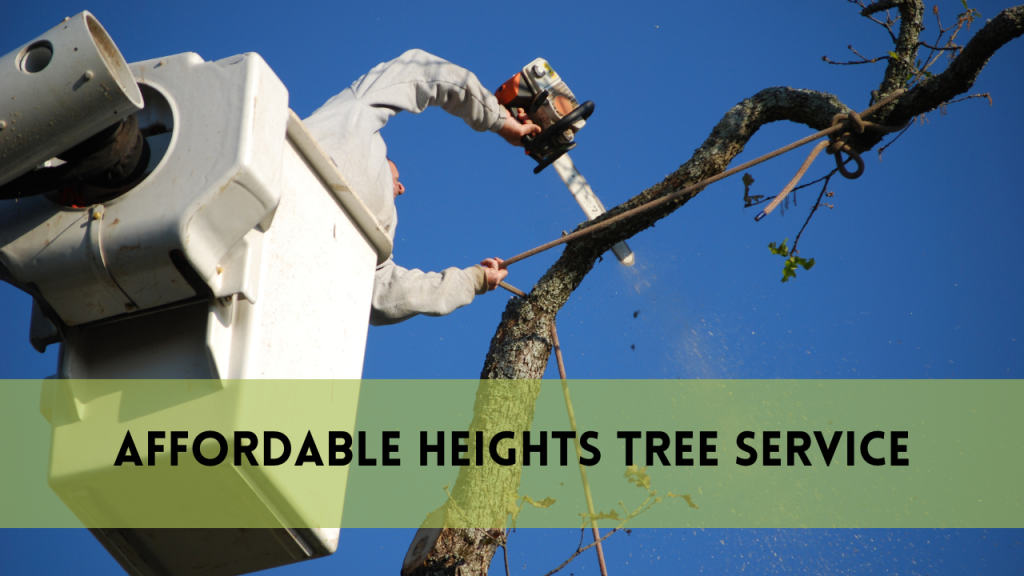Watermelon growth stages
Welcome to the amazing world of watermelon growth stages, designed for arborist heights. In this comprehensive tutorial, we will walk through the intricate lifecycle of watermelons, uncovering the secrets to successful growth in high terrain. As arborists, the art of caring for watermelon plants becomes a harmonious blend of science and nature. Each growing stage, from the lowly sprouting of a tiny seed to the beautiful ripening of succulent fruits, presents its own set of obstacles and rewards. Arborist heights present a unique set of considerations, which this guide can help you navigate. Arborists will learn vital information to improve their watermelon production practices by focusing on professional insights, improved soil conditions, and pest management strategies. So, let’s have a look at the rich tapestry of watermelon development, where expertise meets natural beauty against the backdrop of arborist heights.
Watermelon growth stages
Germination: A Tiny Seed’s Grand Beginnings
In the fascinating dance of watermelon growth stages, the germination phase represents the humble beginning of a tiny seed’s spectacular adventure. Arborists, sensitive to their verdant charges’ delicate requirements, usher in this early period with precision and care. As the seed responds to the warmth of arborist heights, it unfolds its potential, breaking through the soil’s surface with tenacity. Germination necessitates a precise balance, with arborists ensuring ideal soil conditions and temperature. The enchantment occurs as the small seed grows into a sprout that reaches for the sky. Arborist heights serve as the canvas for this plant artwork, with arborists’ caring hands guiding each delicate emergence. Witnessing this stage is like witnessing the birth of a promise—the promise of a future.
Seedling Stage: Tender Green Sprouts
Arborists watch the sprouting of sensitive green sprouts in the Seedling Stage, the second act of the watermelon growth stages, which demonstrates nature’s perseverance. As the once-tiny seed matures, arborist heights provide a safe sanctuary for these fragile shoots seeking sunshine. Arborists, the botanical ballet’s guardians, appreciate the importance of their work during this time.
Careful watering and protection from any hazards are essential for the healthy development of these young watermelon plants. Arborists carefully nurture the development of each sprout, laying the groundwork for future vines. The seedling stage is a time of fragility and potential, when arborist skills shine through. The symphony of green marks the start of a prosperous journey, and arborists find satisfaction in nurturing.
Vine Development: Nature’s Masterpiece Unfurls
In the choreography of watermelon growth stages, the Vine Development phase stands out as nature’s masterpiece, spreading its emerald tendrils across vast heights. Arborists, like directors conducting a symphony, meticulously tend to the sprawling vines, ensuring they reach their maximum potential. As watermelon plants reach this stage, arborists play an important role in directing development upward, resulting in a show of entwined vines. Pruning becomes an art form at arborist heights, with deliberate interventions that direct energy to critical places, maximize sunshine exposure, and promote air circulation. Arborists expertly negotiate the complicated dance of vine development, transforming the landscape into a green painting that combines natural beauty and arborist expertise. The end result is a visually stunning picture that foreshadows a large watermelon harvest, skillfully choreographed by skilled arborists.
Flowering: Nature’s Ballet in Bloom
During the watermelon growth phases, the Flowering phase emerges as nature’s dance in bloom, mesmerizing you with its ethereal beauty. Arborists, like choreographers in this botanical ballet, observe the blooming of tiny blossoms that foreshadow future fruits. The lovely aroma of these blooms fills the air at high heights, signalling the change from vegetative development to the possibility of a bountiful harvest.During this magical moment, pollination takes centre stage, and arborists are well-versed in the various processes required to aid this natural process. The blossoming stage, whether through the soothing buzz of bees or arborist-led physical interventions, demonstrates the confluence of nature and arborist expertise. Arborists enjoy this visual show because they know that each bloom is a foreshadowing to the sweet delights that will come later in the watermelon growth trip.
Fruit Setting: The Birth of Potential
The fruit-setting period is a poignant chapter in the tapestry of watermelon growth stages, where the birth of potential unfolds under the watchful eyes of arborists. Arborists take over as stewards of this transforming moment, ensuring that the growing watermelon fruits have the best possible environment. Each budding fruit is the conclusion of care and the start of a good harvest. Arborists carefully monitor the needs of these young watermelons, ensuring proper spacing and feeding to promote healthy growth. The panorama shifts to arborist heights as these green spheres of possibility emerge, dangling from the vines like nature’s gems. Arborists, with their extensive knowledge of plant physiology, oversee this process, balancing the ingredients to ensure a healthy harvest. The fruit setting stage demonstrates the delicate balance between nature and arborist expertise, guaranteeing the eventual consummation of the watermelon growing adventure.
Maturation: Ripening Splendour
As the watermelon growth stages approach their peak, the maturation phase brings in ripening splendour, a conclusion treasured by arborists. Arborists who understand the complexities of timing and care watch the transformation of green orbs into the luscious, colourful fruits they were meant to be.
Arborists must keep a close eye out for signals of maturity, such as colour changes, a dulling of the fruit’s shine, and a deepening scent. As the watermelons near their full ripeness, arborists become increasingly excited, anticipating a juicy return for the precise care poured throughout the growth process.
Arborists must keep a close check on the signals of maturity, which include a change in colour, a dulling of the fruit’s lustre, and a deepening scent. In arborist heaven, the suspense grows as the watermelons reach their full maturity, promising a tasty reward for the precise care taken throughout the growth process.
The landscape is covered with the vivid colours of ripe watermelons, demonstrating the successful collaboration between nature’s rhythm and arborist expertise. Maturation is the climax of arborists’ efforts, resulting in a harvest that captures the spirit of ripening splendour at arborist heights.
Related Posts:
Expert Insights: Navigating Arborist Heights
Expert views offer a compass for nurturing robust harvests throughout the complicated tapestry of watermelon growth stages from different heights. Arborists, who are experts at caring for these green treasures, have a wealth of knowledge to help you negotiate the unique problems that elevated landscapes present.
Optimizing soil conditions is a key component of arborist knowledge, enabling a well-drained, aerated environment conducive to watermelon growth. Pruning techniques evolve into a deliberate dance that guides the sprawling vines to maximize sunlight exposure and energy distribution. Arborists use holistic pest management tactics to maintain a fragile ecological balance and the overall health of the environment.
These ideas, honed through experience and arborist understanding, raise watermelon agriculture to arborist artistic heights. Arborists nurture watermelon plants while also contributing to the growing harmony between nature and cultivation in these elevated landscapes by recognizing the intricacies of soil, pruning, and pest management.
FAQS
When is the best time to plant watermelons in Arborist Heights?
The best time to plant watermelon at high heights is in late spring or early summer when temperatures reliably rise above 70°F. This provides excellent circumstances for germination and early growth.
How Can Arborists Help Pollinators During the Flowering Stage?
Arborists can improve pollination by putting pollinator-friendly plants near watermelon crops, which attract bees and butterflies. During low bee activity periods, careful manual pollination with a little brush is also possible.
What steps can arborists take to keep common pests at bay?
Arborists can use prophylactic techniques like as companion planting, neem oil application, and beneficial insect release. Regularly monitoring plants for pest indications and responding to issues as soon as possible is critical for efficient pest management.
Can I Grow Seedless Watermelons in Arborist Heights?
Yes, arborists can successfully grow seedless watermelons to arborist heights. However, to support the development of seedless watermelons, appropriate pollination of seeded cultivars is required.
Conclusion
In the rich picture of watermelon growth stages within arborist heights, the conclusion is not the end, but rather the climax of knowledge and nature’s richness. Arborists, the stewards of this verdant journey, derive satisfaction from seeing their efforts bear fruit.
Arborist heights become more than just a landscape; they are a canvas on which the delicate dance of germination, the sensitive sprouts of seedlings, the masterful spread of vines, the ballet of blossoming, the potential birth in fruit set, and the ripening splendour of maturation all play out in harmony.



